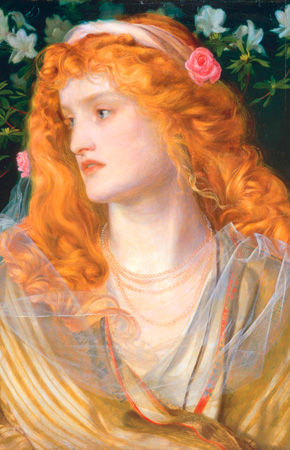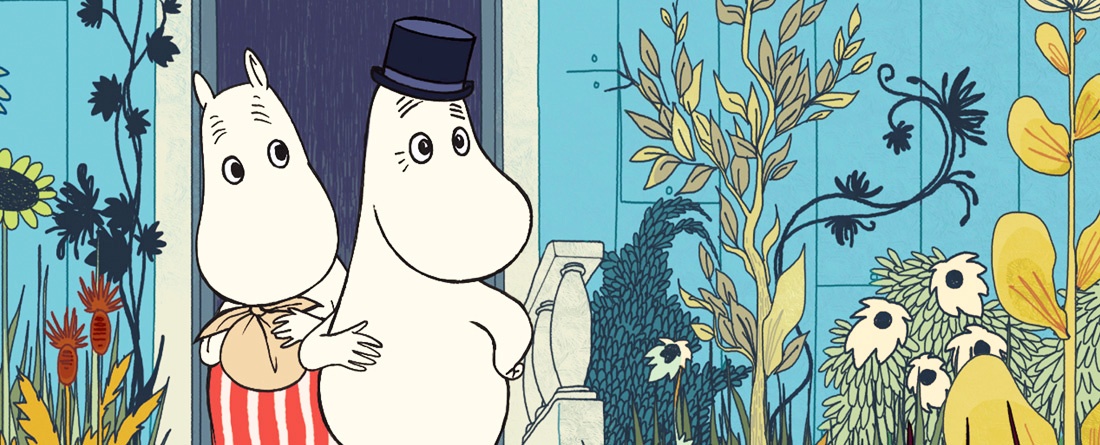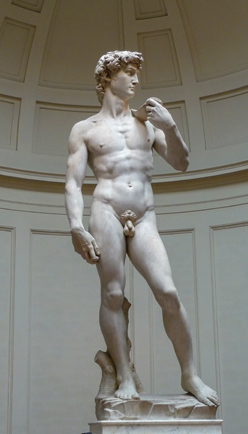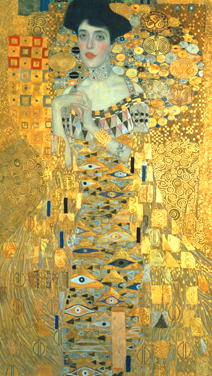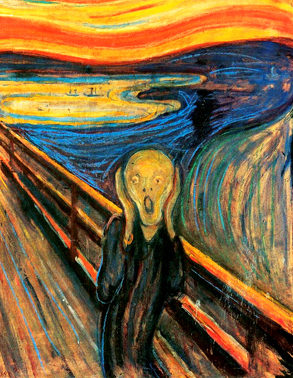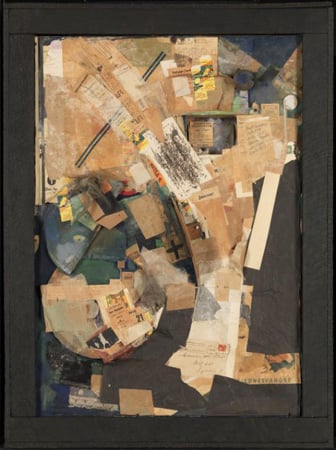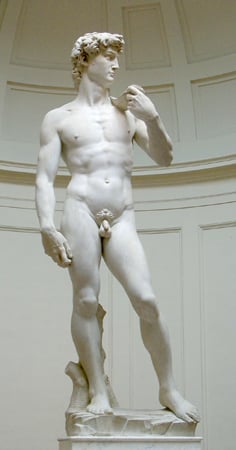Recently a Pre-Raphaelite study was found, of all places, behind a door! Said door was within a 16th century manor house owned by Bamber Gascoigne, former University Challenge host.
The study's significance stems from its relationship to one of the most iconic Pre-Raphaelite images of all time, Flaming June. Recognised across the world, the original is hosted in the municipal art museum of Puerto Rico’s second biggest city, Ponce.

